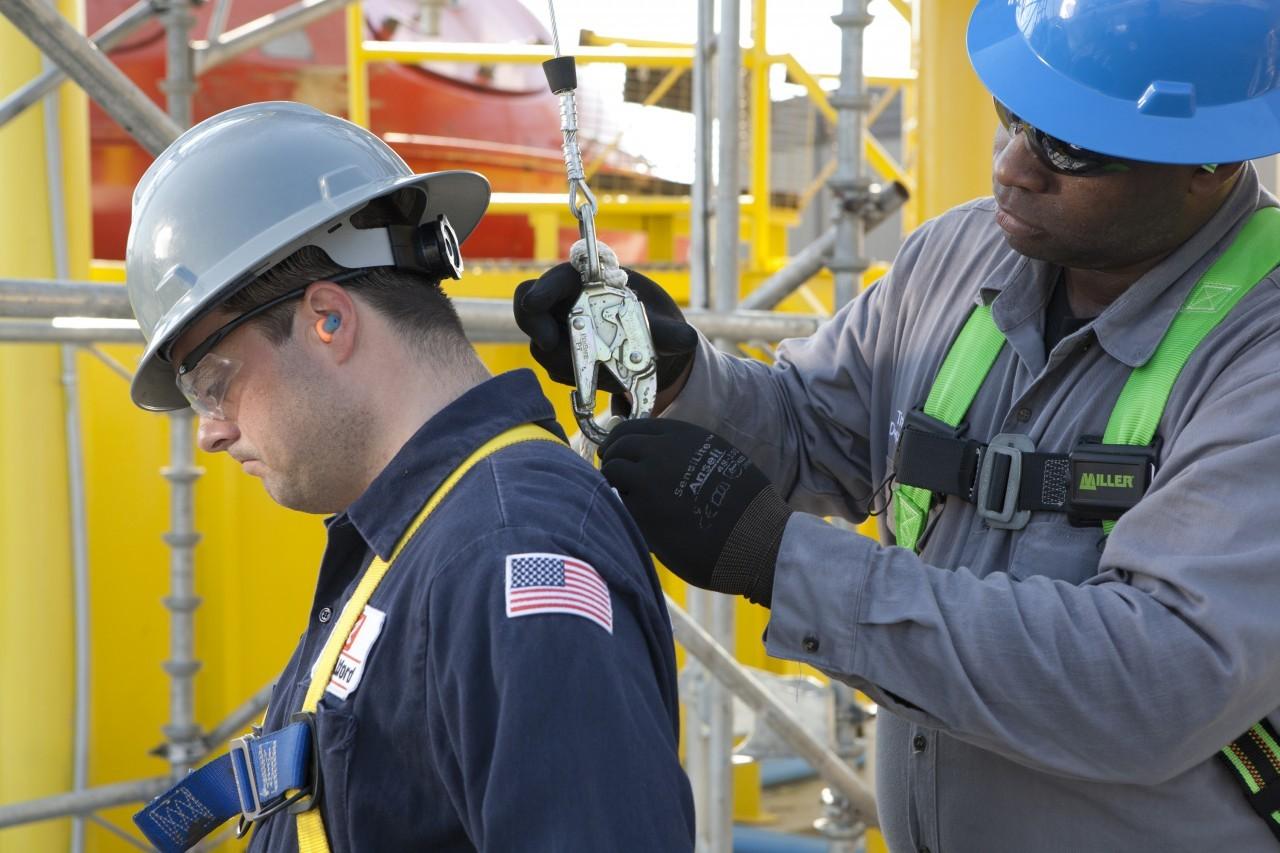Worksite safety is always a number one priority. However, being efficient and completing projects promptly are also essential. So, how do you allow your team to work smarter and improve worksite safety overall? Here are three ways to improve worksite safety, without compromising your efficiency.
1. Make Sure Safety Training is Up-To-Date
Employees will become more situationally aware and, as a result, decrease the likelihood of accidents as you introduce more safety training into their routines.
Outdated safety practices are often proven to be ineffective compared to emerging theories and methodologies. Therefore, it is highly important that as new methods emerge, that they be integrated into daily operations to increase the worksite safety and maintain production levels by further eliminating discrepancies and incidents. Fewer accidents create more time to focus on required and established goals and initiatives which, in turn, improves productivity.
In addition, it is always wise to have your employees up-to-speed on the latest changes in governing regulatory policies or general operational guidelines as it can reduce liabilities and risks overall.
Incentives and rewards for adhering to safety practices or further developing working knowledge of various directives and guidelines can lead to a workplace environment that promotes safety. In turn, these same approaches can be used to drive productivity.
So – don’t just offer safety training—make sure it’s up-to-date.
2. Introduce Lean Manufacturing
Lean Manufacturing or Six Sigma Methodologies are an emerging trend in material handling, production, procurement, and manufacturing industries.
In a technologically dominated era, Lean Manufacturing couples the best tried and true business practices with the implementation of performance metrics and analytics that drive commerce. Lean Manufacturing drives optimization of inventory, devises methodologies to increase productivity and efficiency and also identifies ways jobs can be less labor-intensive while also reducing risk.
Lean Manufacturing can serve any business; employers can offer workshops on it and any employee can gain a wide range of practical knowledge on the subject, acquiring various colored “belts” that serve as a benchmark of expertise. Employees with these varying belts can take on differing responsibilities in unique situations, further allowing for more accountability and less direct responsibility for management inundated with tasks.
3. Use The Right (Technology) Tools
We all know that it is important to use the right tools for the job. That is no different when it comes to technology.
If you are looking for more ways to ditch the obsolete pen-and-paper approach, it is important to be aware of the technology trends of this past year. Tracking job progress the “old fashioned” way is taxing, inefficient and can lead to miscommunication. Adopting a construction management software to track changes and monitor progress will not only help to promote efficiency, but keep employees safe and informed. A well informed team will make less mistakes, make better decisions and understand the big picture.
Conclusion
As technology continues to evolve it has never been easier to catalyze productivity and enhance safety in the workplace. Making safety and efficiency priorities can only be aided by the use of technology on your worksites.
As a recap, remember to integrate new and unique safety curriculum can sharpen your employees’ skills while improving safety. Make it fit your corporate culture, and as you make the training a priority your employees will follow suit. Complacency is often the number-one culprit for increasing workplace incidents. An attitude of consistent commitment to improvement will always yield dividends..
Advanced software platforms can bring Lean and Six Sigma methodologies into the workplace. Faster, safer, easier, and more efficient is ideal; with more resources and tools available, it has never been simpler to transform and cultivate a work culture devoted to increasing safety while also boosting productivity.
What practices do you use in the workplace to make things safer and more efficient? Share with us in the comments.


